A previous TechCom article introduced the Content Solution Equation and the primary variables:
SOLUTION = Content Types + Authoring Tools + Repository + Roles + Processes + People + Governance
Over the years, content development has become increasingly complex with a variety of specialized tools and processes. When seeking engineering authors and/or technical writers for your content projects, many factors about your content development environment and the content people’s skills must be evaluated. These factors include your product’s technology (components, software, systems, avionics, healthcare, etc.), development tools and applications (PC, Windows, Linux, Microsoft Word, Adobe FrameMaker, etc.), repositories (file management systems, GitHub, etc.), markup type (unstructured, structured, XML, etc.), publishing methods (print, PDF, Wikipedia, HTML), and more. The efficiency of your overall content development solutions requires people who are – or can become – experts within your particular environment.
Further, when building a team, the hiring manager may think it’s best to find “superstars”, all with senior skills. However, in virtually all environments, the complexity of your various projects can be categorized as high, medium, and low. As such, your team resource model should include some people with senior, junior, and perhaps entry-level skills to optimize your labor costs and provide a growth path for team members.
When your resourcing model is done well, the people work efficiently with clear definition of roles, tasks, and process. As the SME and TW teams work together over time, optimum ROI is realized and product development cycle times are often reduced. When SMEs can spend less time on content and more time on engineering by delegating their content tasks to TWs, quality content is often developed sooner, with less time impact on all participants.
PTIGlobal consultants have years of experience with human-readable content and optimizing the toolchains required for content development, revision control, archival, and publishing. This is true for content localization, technical documentation, and marketing documentation.









